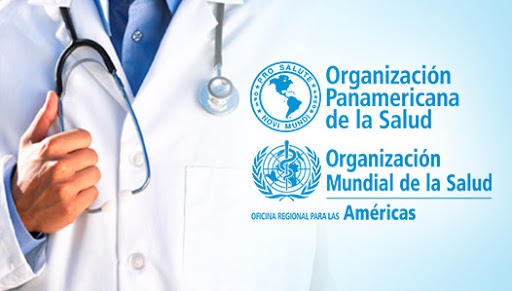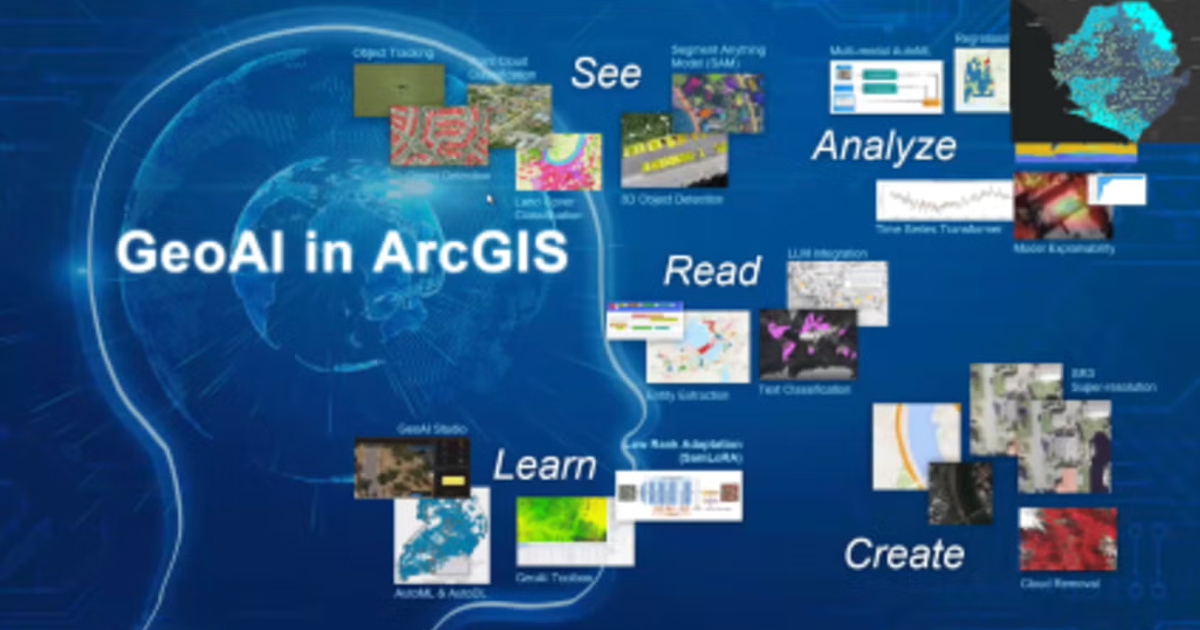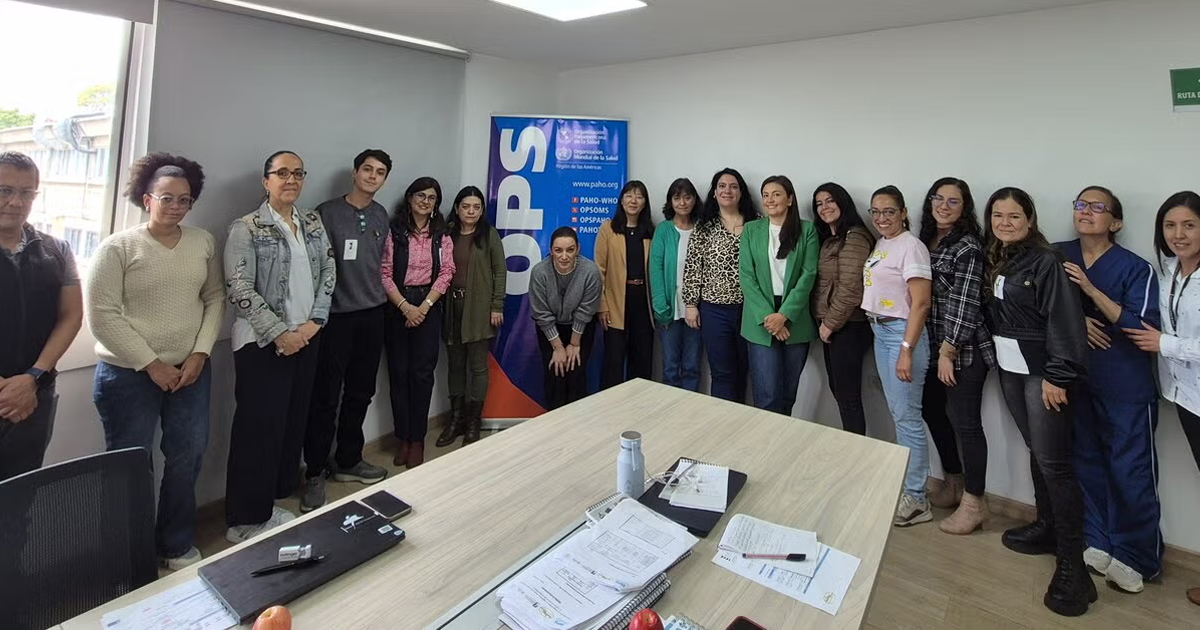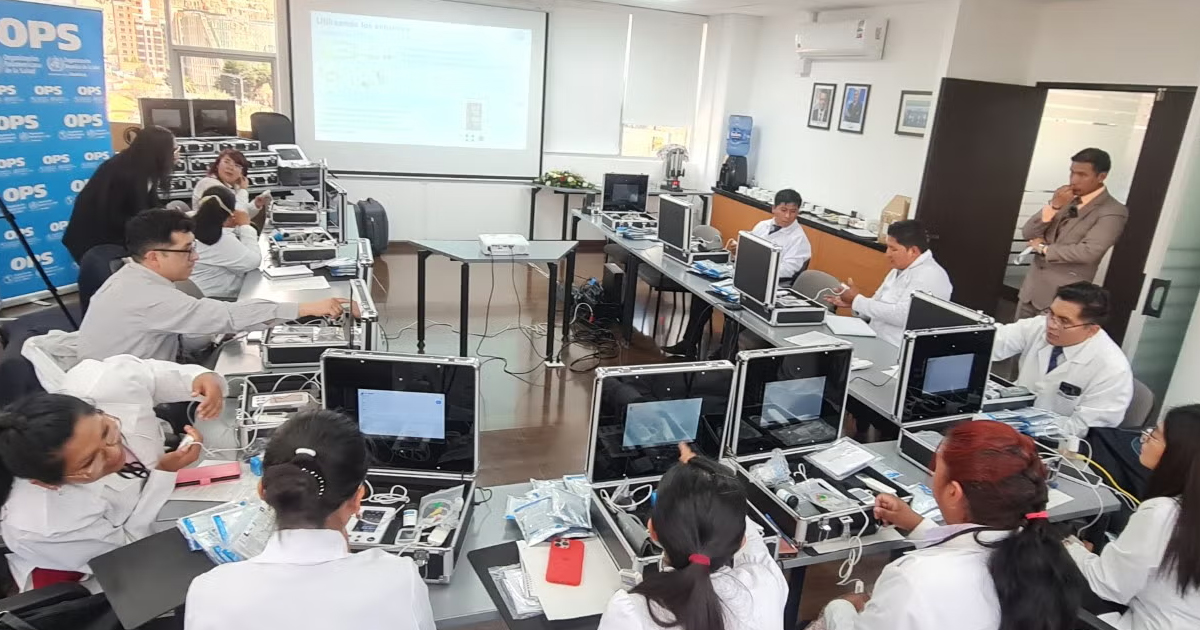Investigadores del Chan Zuckerberg Biohub, una iniciativa conjunta de UC Berkeley, UC San Francisco y la Universidad de Stanford, se encuentran trabajando en una técnica de aprendizaje automático y tecnología en la nube que pueda conocer con mayor precisión la cantidad de casos de COVID-19 no reportados.
The Artificial Intelligence ha desempeñado un rol cada vez más relevante para las ciencias médicas durante los últimos años. En 2020, durante la pandemia, han surgido diversas estrategias por parte de centros de investigación en salud y autoridades de salud en diversos países, para medir las tendencias y la evolución del panorama epidemiológico.
Este proyecto de Chan Zuckerberg Biohub, pretende ser una herramienta para reducir la propagación de COVID-19. “Ahora es bien sabido que las infecciones asintomáticas son un fenómeno común en la propagación del coronavirus. Y es muy importante entender ese fenómeno porque, dependiendo de cuántas infecciones asintomáticas haya, las intervenciones de salud pública pueden ser diferentes”, dijo la Dra. Lucy Li, científica de datos en Chan Zuckerberg Biohub en entrevista con HealthITAnalytics.
La misma Li en conjunto con el investigador Patrick Ayscue también de la Chan Zuckerberg Biohub, publicaron en junio un artículo sobre la utilización de genomas virales para estimar contagios de COVID-19 no detectados. “Para los brotes de enfermedades en los que se pueden detectar todas y cada una de las infecciones, las pruebas rápidas y una pequeña cantidad de rastreo de contactos son suficientes para controlar la epidemia. Pero para el coronavirus, debido a que hay tantas infecciones asintomáticas, las pruebas por sí solas no ayudarán a controlar la pandemia”, mencionó la investigadora.

A través del intercambio y la mayor disponibilidad de datos y herramientas innovadoras, como la AI, a través del machine learning será posible detectar con mayor precisión el comportamiento de los contagios “Los datos que estoy usando son los genomas virales, el ADN viral. A medida que los genomas virales se propagan por la población, acumulan mutaciones. Generalmente, estas mutaciones no son buenas ni malas, son solo cambios en el genoma. Cada vez que el virus se transmite a una nueva persona, podría acumular nuevas mutaciones. Entonces, si sabemos qué tan rápido muta el virus, podemos inferir cuántos enlaces de transmisión faltantes había entre los genomas observados”, explicó Li en entrevista con el medio especializado.
A través de ese tipo de datos, es como el modelo es entrenado ya que puede hacer “simulaciones” de diferentes escenarios para saber qué es lo que se conoce de estos genomas virales, además el machine learning optimiza y agilizan estos procesos que antes requerían mayor tiempo. “Antes de que la computación en la nube fuera más común y estos grandes recursos computacionales estuvieran disponibles, algunos de estos análisis podían tardar meses en ejecutarse. He visto artículos basados en meses de ejecución de un modelo muy complejo”, explica la investigadora, que a la vez reconoce la importancia de aplicar las nuevas tecnologías para lograr mejores resultados. “Pero al tener acceso a más recursos computacionales en la nube, podemos acortar ese tiempo de meses a días, porque podemos aprovechar mucha más memoria y paralelizar mejor nuestro análisis”.
Los científicos esperan que este modelo pueda ser adoptado por autoridades sanitarias en diversos países. Además explicaron que en cada lugar se pueden obtener diferentes resultados, si se detecta un aumento de casos subregistrados es posible que sea necesario incrementar el número de pruebas en la población, además también este tipo de investigaciones en una escala masiva podrían ayudar a conocer que tan cerca estamos del final de la pandemia. “Al rastrear cuántas personas de la población han sido infectadas por el virus o el número de casos no detectados, podríamos tener una idea de qué tan lejos estamos de eliminar esta enfermedad”, concluyó Li.







